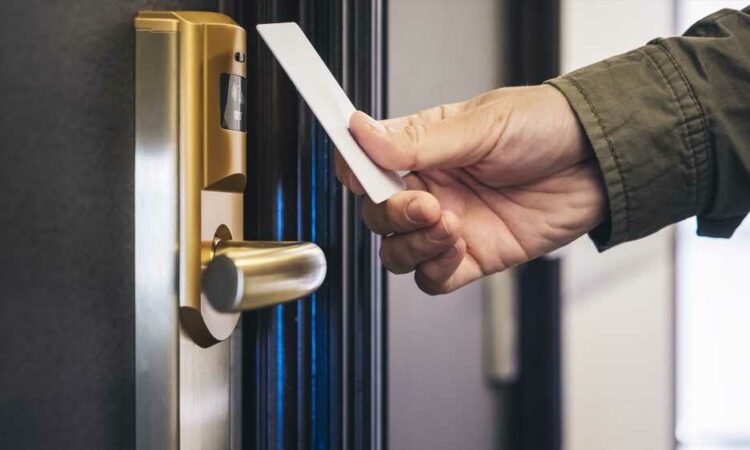The rapid deployment of Covid-19 vaccines is a main factor in an accelerating U.S. lodging industry recovery, and PwC has upgraded its 2021 forecast accordingly, the company reported last week.
PwC in its May Hospitality Directions U.S. report projects 2021 U.S. hotel occupancy to reach 57.2%, up from the 52.7% level it forecast in November. PwC now projects the U.S. average daily rate to increase 8% year over year, with revenue per available room expected to increase 40.1% from 2020 levels, reaching about 74% of pre-pandemic figures.
Projections for 2022 include U.S. occupancy of 61.8%, ADR up 6.6% year over year, and RevPAR growing 15.2% over 2021, up to 85% of pre-pandemic levels.
Other factors noted for the improved outlook include additional federal fiscal support and long-term monetary policy strategy.
Still, the recovery will be uneven, with some destinations historically dependent on corporate transient, group and international demand to experience “near-term weakness as companies evaluate travel policies and countries assess cross-border travel risk,” according to the report.
PwC principal and U.S. industry leader for hospitality and leisure Scott Berman told BTN that he believes small corporate meetings — those with fewer than 150 people — for the next six months to a year will outperform corporate transient travel levels, a belief he also shared earlier this spring regarding the recovery outlook.
Before that, though, workers will return to their offices, Berman said. Then, “small group stimulates corporate transient, so that, barring any unforeseen circumstances — a variant, a force majeure of some sort — we will see more routine business travel during 2022.”
This scenario can be seen in the report’s chain scale outlook, in which the luxury and upper-upscale tiers, which tend to cater to corporate and group business, begin to see improvement in 2021, but a more solid recovery waits until 2022.
Berman noted that some markets, like Miami; Orlando; Austin, Texas; and Raleigh, N.C., are outperforming their peers, led by leisure demand.
“But that leisure demand will stabilize after the summer acceleration,” he said. “So traditionally, that is where we need that corporate group and transient to pop. In [fall 2020], the leisure pattern continued to accelerate. That won’t continue. We’ll have back to school, back to work, so those anomalies will subside.”
The 2021 forecast anticipates a moderate increase in occupancy from Q2 to Q3, but then it dips more than 10 percentage points come Q4 and slowly resumes its upward trajectory in Q1 2022.
For markets dependent on international arrivals, especially those along the coasts from Boston to Miami and from Seattle to San Diego, increasing inbound traffic along with returning corporate transient means “markets like New York will ultimately stabilize,” Berman said. “Right now, there are pricing opportunities for the consumer, but [they are] relatively short-term, [with] short-term [meaning] the next 12 months. But we have to look at the data each quarter to understand exactly what the demand behaviors are.”
Source: Business Travel News
Source: Read Full Article
